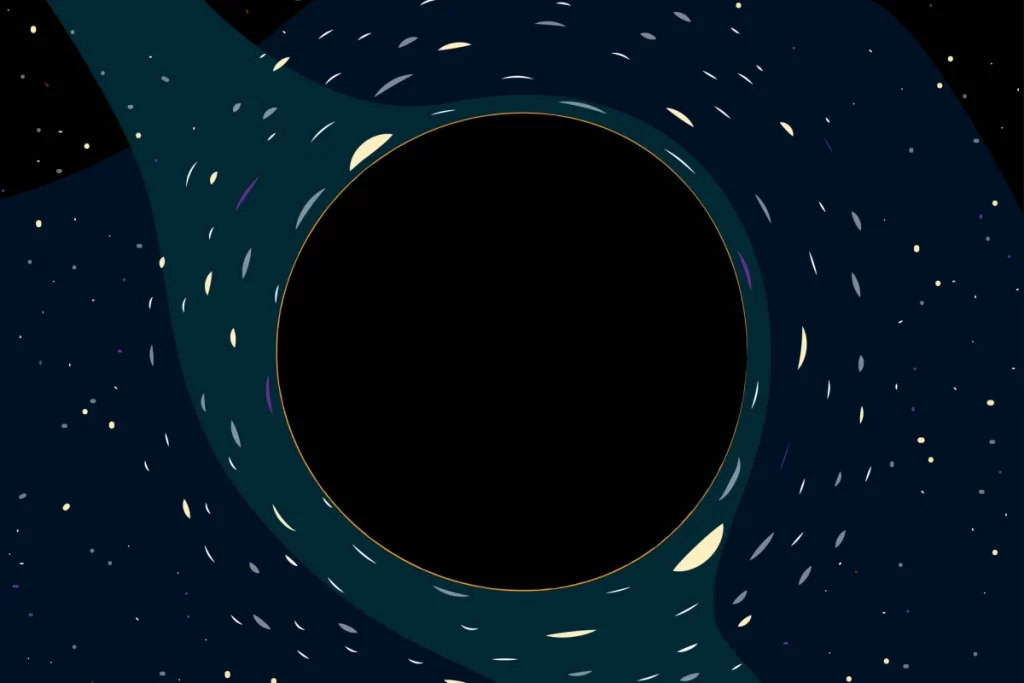A team of astrophysicists claims that they have detected an isolated stellar-mass black hole around the bulge in the center of the MilkyWay. Thus the first “rogue” black hole may have been discovered zipping around the galaxy, and it is only 5000 light-years away from Earth. Scientists got to know about its existence when it passed in front of a background star, as the black hole’s extreme gravity bent the light of the star.
According to scientists, these black holes are the darkest objects possible set against the inky void of space. Many black holes make their presence visible through other means, like hot bright disks of material orbiting around them as well as flashes of light as they gobble up stars, or gravitational waves as they collide.
But there is another way through which these black holes could reveal themselves via gravitational lensing. As they move in front of a background light source, they bend the light with their extreme gravity. Astronomers have been looking for gravitational lensing events for decades that cannot be explained by visible objects like stars and galaxies but would suggest an invisible black hole is responsible. It may have finally been detected.
In 2011, two different projects – Microlensing Observations in Astrophysics in New Zealand and the Optical Gravitational Lensing Experiment (OGLE) in Chile spotted a star that seemed to brighten. The find was made possible with NASA’s Hubble Telescope, which was used over a six-year study period.
The next step was to determine whether the lensing object was indeed a black hole or just an old star. The deep analysis had shown that it was not giving off light of its own and the team found its mass to be about seven times that of the Sun.
The researchers also determined that the black hole is a little over 5000 light-years away from earth, and is traveling at around 45 km per second.
It suggests that it received a kick from the supernova explosion that birthed it.
You can read the research paper here.

